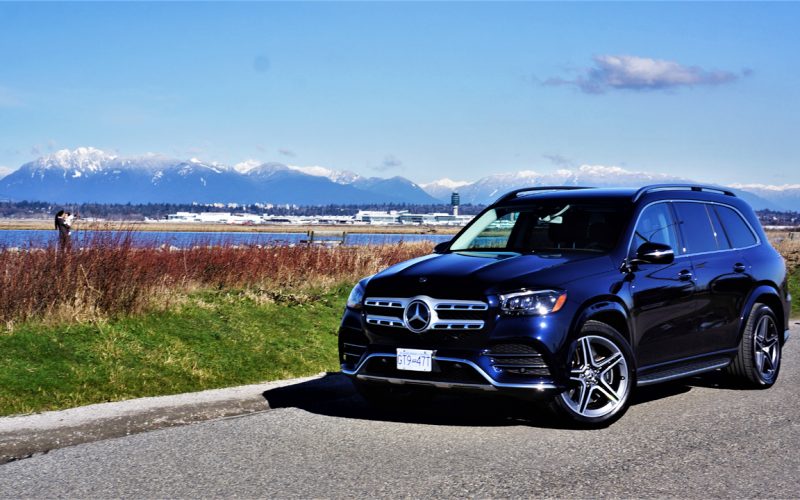
Reading Time: 11 minutesI hate to admit that with each passing year adapting to new things takes more time.
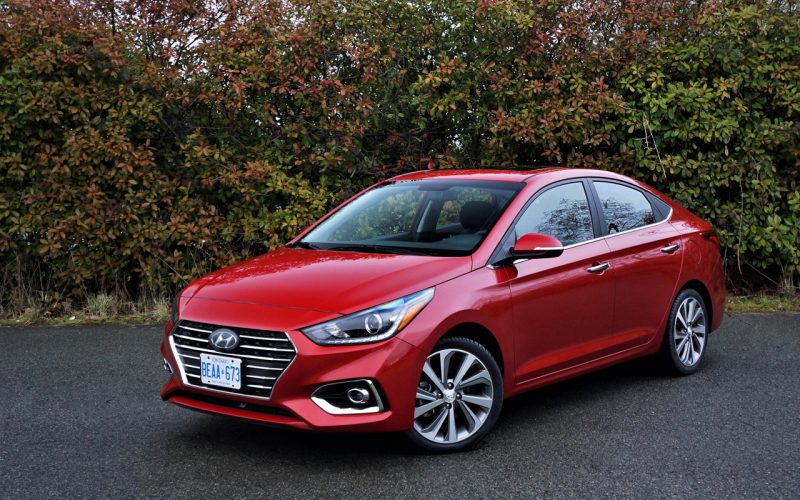
Reading Time: 11 minutesWell you’ve gone and done it now Canada. You lost your love for the Hyundai Accent
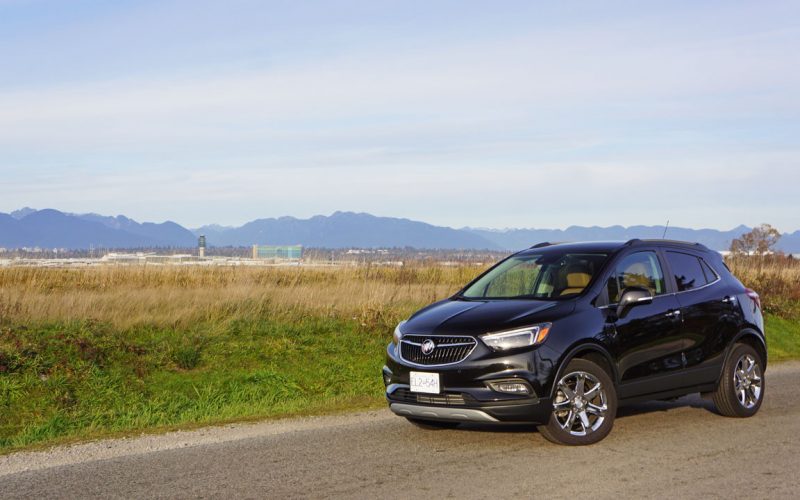
Reading Time: 12 minutesBuick might be the world’s most global brand. Yes, Buick, General Motors’ problem child that only
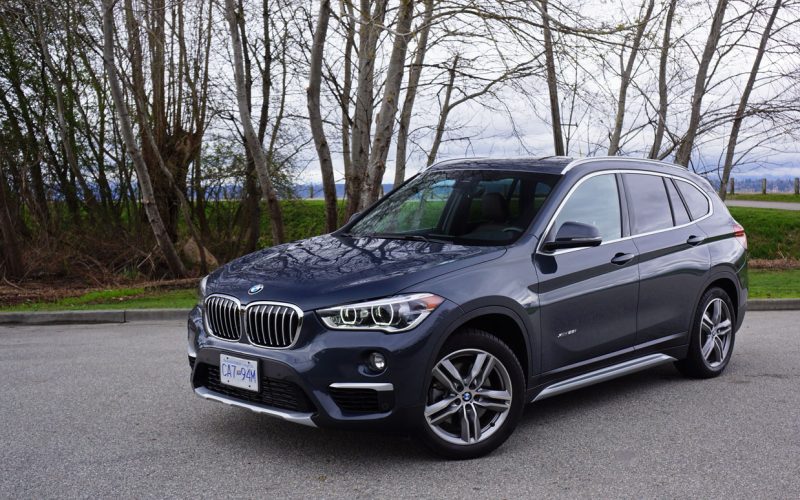
Reading Time: 11 minutesBMW’s X1 was the very first subcompact luxury crossover SUV ever produced, having arrived on the
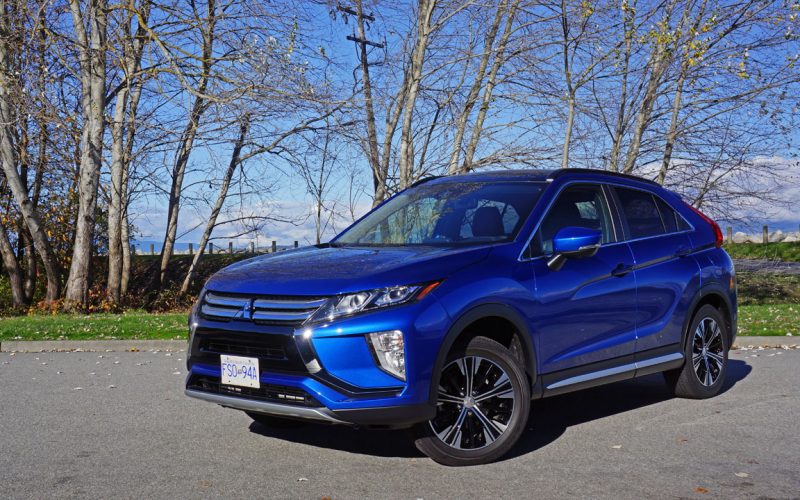
Reading Time: 13 minutesI’m not sure how I feel about the name that Mitsubishi chose for its new compact
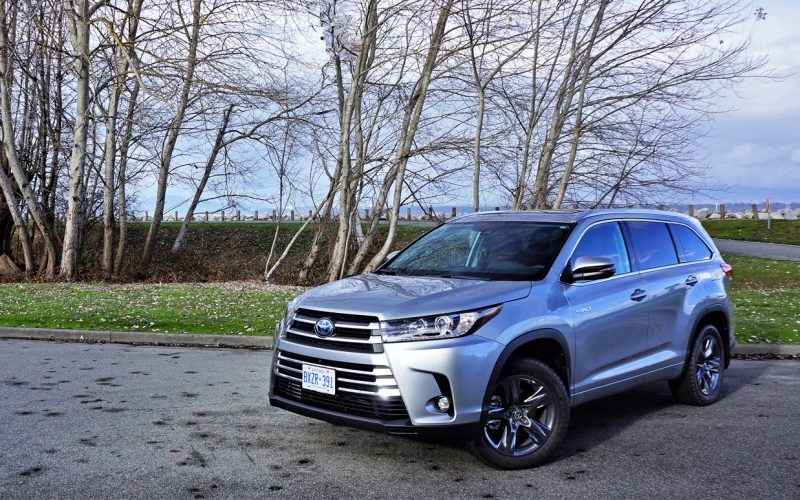
Reading Time: 10 minutesHave you seen the 2020 Toyota Highlander? It’s not available to purchase yet, having only debuted
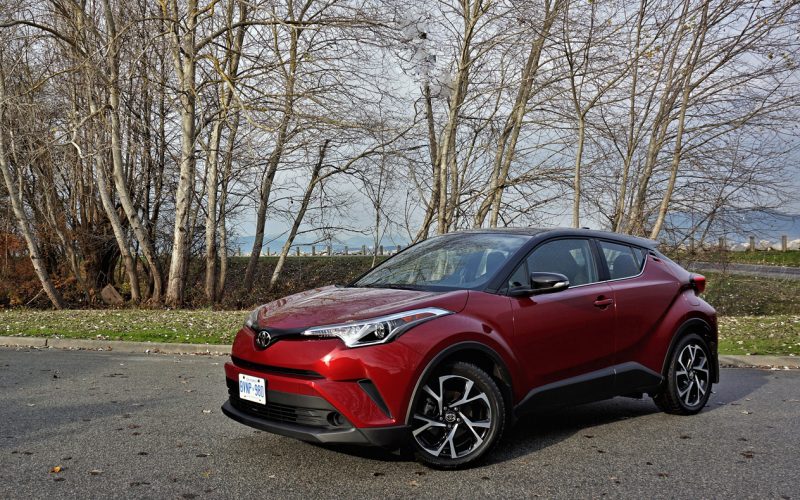
Reading Time: 10 minutesBack in January of 2014 at the North American International Auto Show in Detroit while introducing
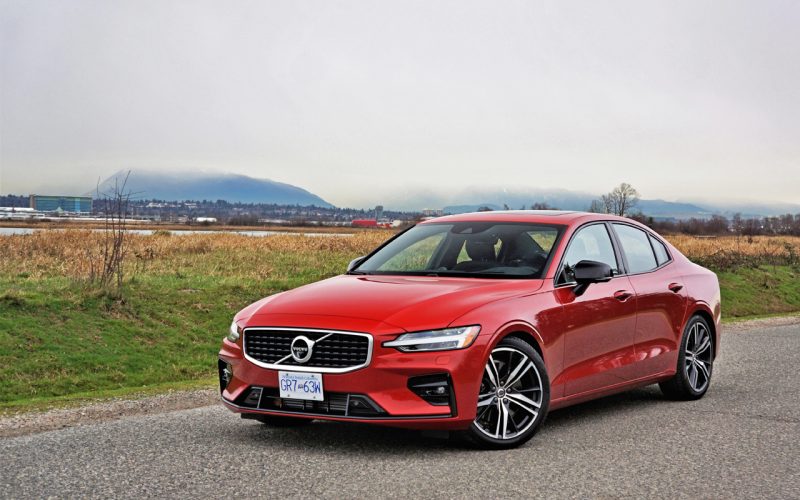
Reading Time: 12 minutesThe compact luxury sedan market segment is a tough nut to crack. It’s more or less